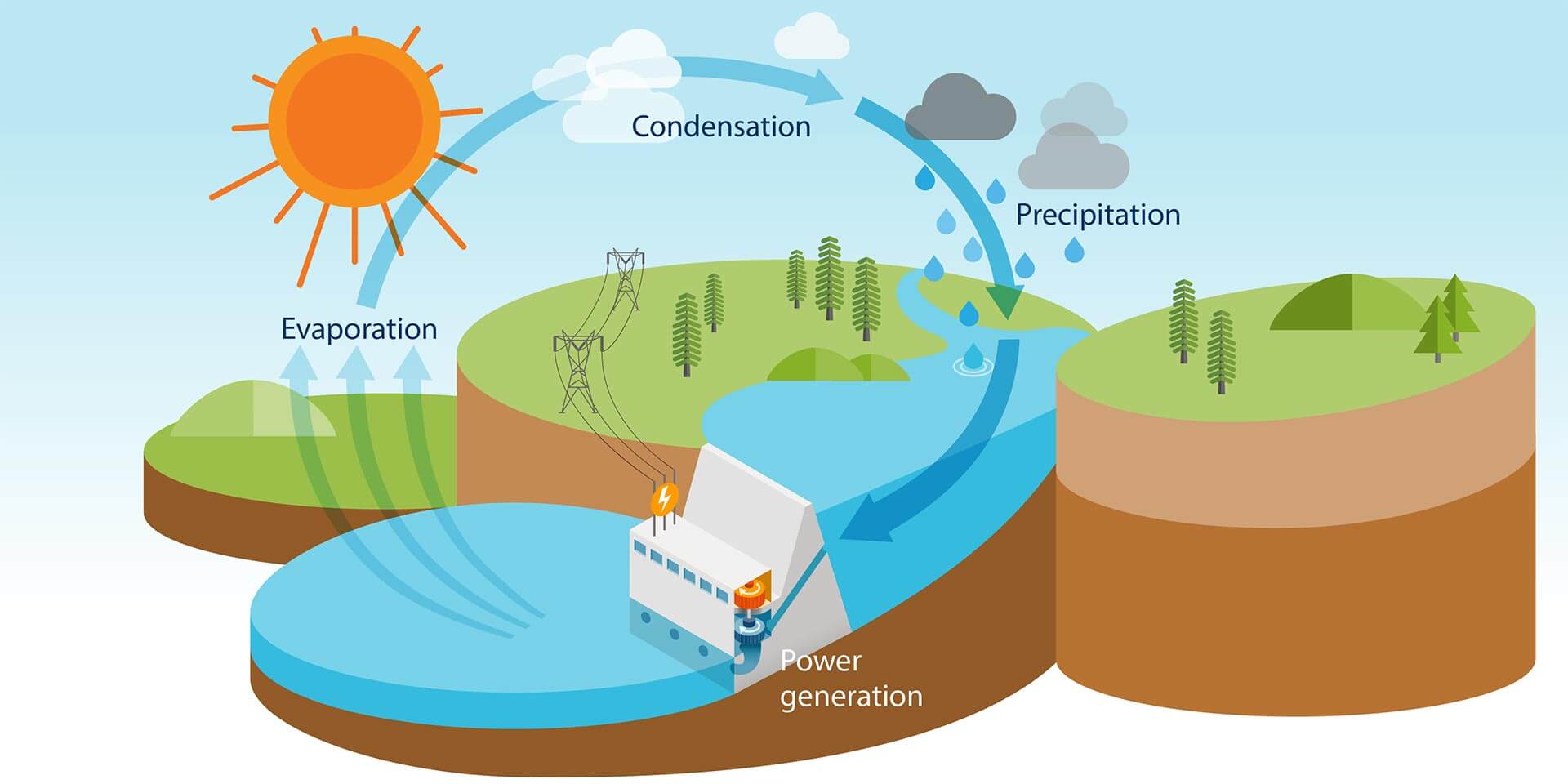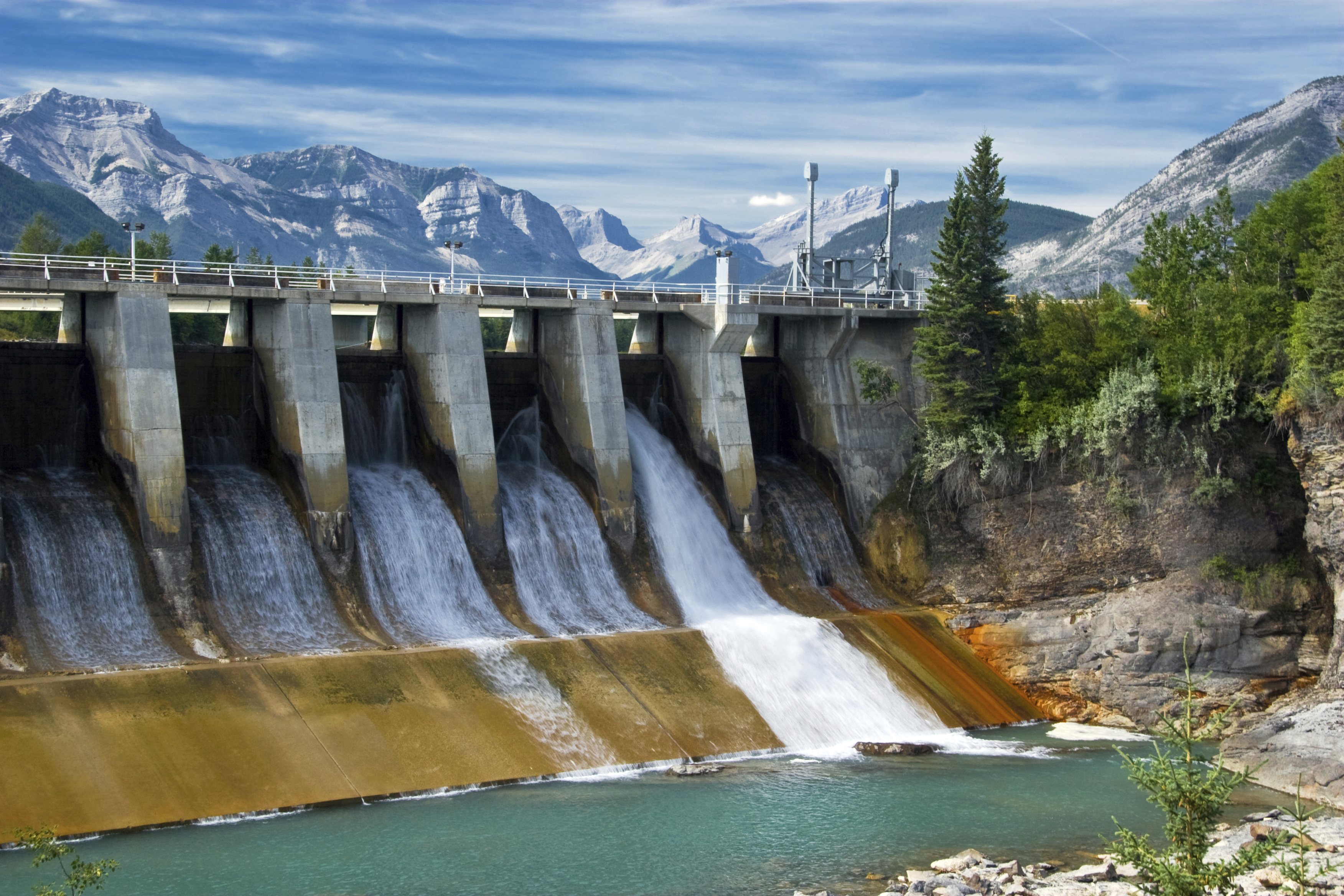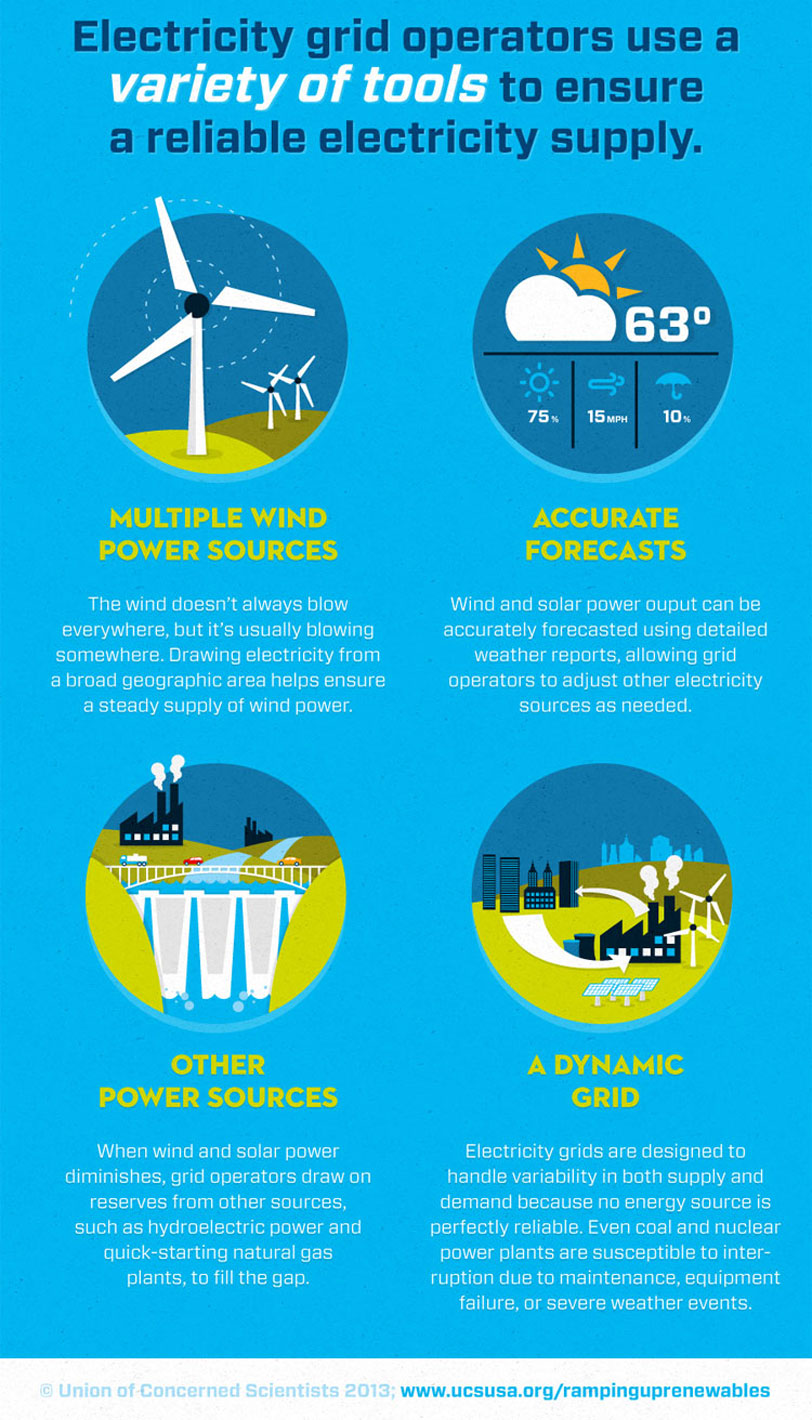Water Energy Presentation
| Introduction to Water Energy | ||
|---|---|---|
| Water energy, also known as hydroelectric power, is a renewable form of energy that harnesses the power of flowing or falling water. It is one of the oldest sources of energy and has been used for centuries, providing electricity, irrigation, and other benefits. Over 70% of the Earth's surface is covered in water, making it a vast and abundant resource for generating clean and sustainable energy. |  | |
| 1 | ||
| How Water Energy Works | ||
|---|---|---|
| Water energy is generated by capturing the kinetic energy of moving water and converting it into mechanical or electrical energy. This is typically achieved through the use of turbines, which are rotated by the force of the water, driving generators to produce electricity. Water energy can be harnessed from various sources such as rivers, dams, tides, and ocean waves, each with its own unique technology and benefits. | ||
| 2 | ||
| Advantages of Water Energy | ||
|---|---|---|
| Water energy is a clean and renewable source of power, producing minimal greenhouse gas emissions and not contributing to climate change. It is highly reliable and predictable, as water flows can be controlled and regulated, ensuring a continuous and stable energy supply. Hydroelectric power plants can also provide multiple benefits such as flood control, irrigation, and water storage for drinking or agricultural purposes. | ||
| 3 | ||
| Challenges and Limitations | ||
|---|---|---|
| Building large-scale dams and hydroelectric power plants can have significant environmental impacts, including habitat destruction and displacement of communities. Water energy is dependent on the availability of water resources, which can be affected by droughts or excessive water usage. The implementation of water energy technologies can be costly, requiring substantial capital investments and long-term maintenance. | ||
| 4 | ||
| Global Application and Future Outlook | ||
|---|---|---|
| Water energy is widely used around the world, with large-scale hydroelectric projects in countries like China, Brazil, and the United States. The future of water energy includes advancements in technologies for harnessing energy from ocean waves and tides, unlocking further potential for clean energy generation. With increasing concerns about climate change and the need for sustainable energy sources, water energy is expected to play a crucial role in the global energy transition. |  | |
| 5 | ||
| Conclusion | ||
|---|---|---|
| Water energy offers a reliable, clean, and renewable source of power that can contribute to reducing greenhouse gas emissions and combating climate change. While it has its challenges and limitations, ongoing research and development aim to improve its efficiency and minimize environmental impacts. By harnessing the power of water, we can secure a sustainable energy future and ensure a greener planet for generations to come. | ||
| 6 | ||



